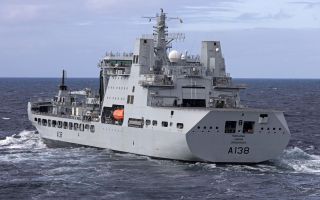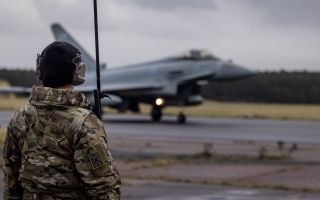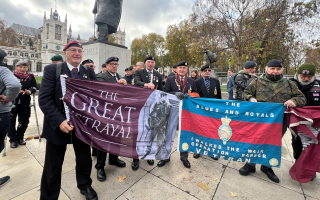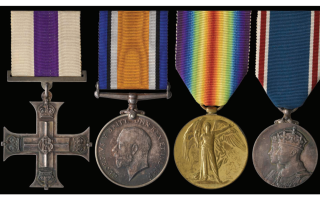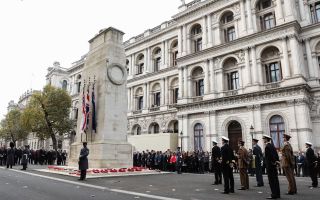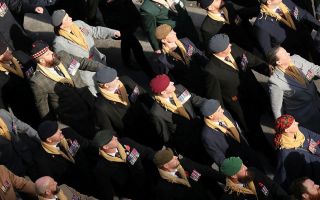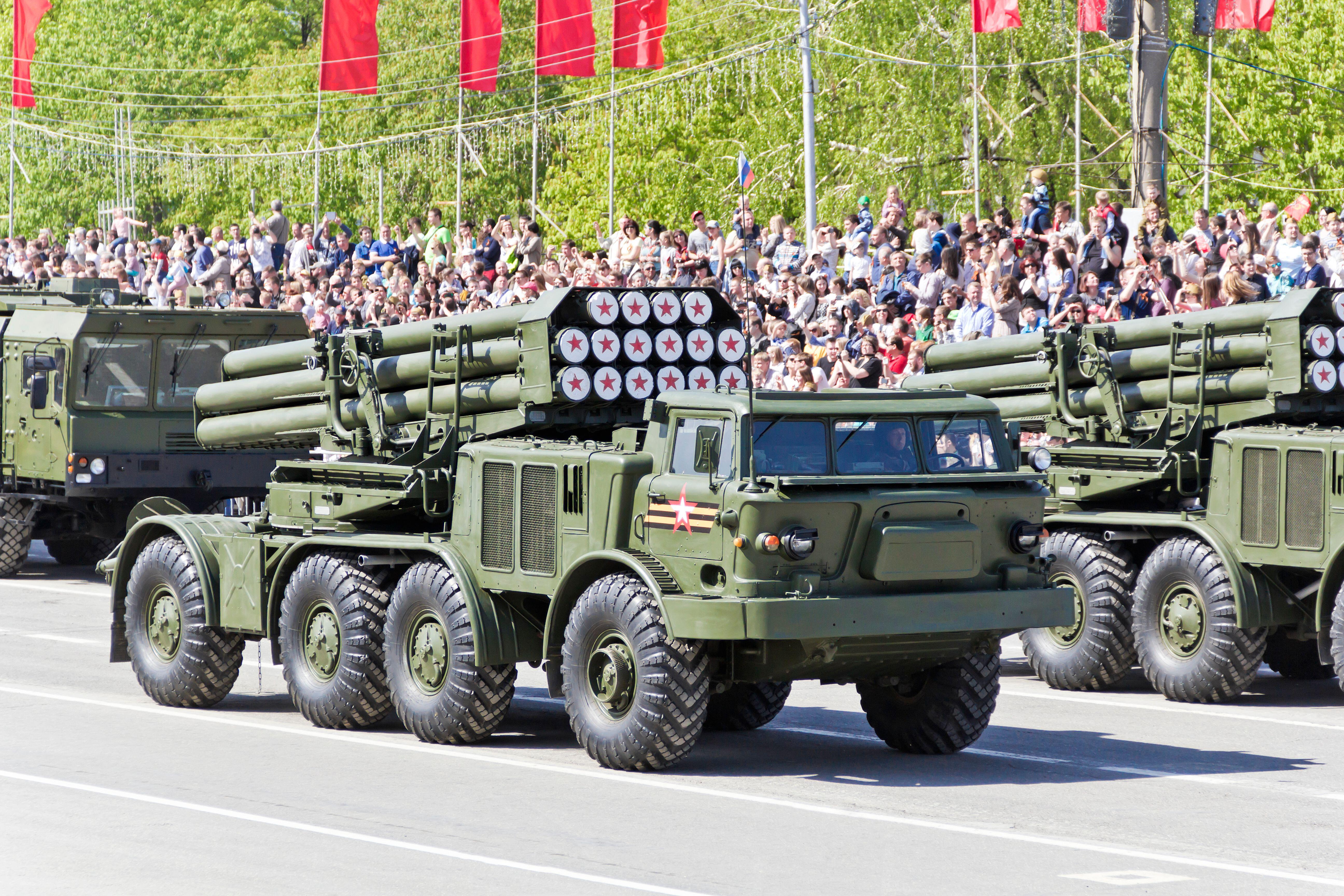
True size of Russia's military firepower revealed in latest analyst data

Since Russia's 'special military operation' in Ukraine began in February 2022, its military effectiveness has been called into question by defence and security experts worldwide.
However, through conscription and horde tactics that date back to the earliest of Russian conflicts, the cross-border offensive has, at least, gone some way to give a clearer picture of the size of the manpower and firepower at Moscow's disposal.
- Russia's airpower continues to 'significantly underperform' despite increased number of sorties
- What could British Storm Shadow and Harpoon missiles bring to Ukraine's fight?
- Wallace: 97% of Russia's army involved in Ukraine war
Using the latest data from the International Institute of Strategic Studies (IISS), an authority on global security, political risk and military conflict, here is a snapshot of Russia's numbers.
Manpower
Total Active: 1,190,000 (breakdown below)
Army: 550,000, Navy: 145,000, Air: 165,000, Strategic Rocket Force: 50,000, Airborne: 40,000, Special Operations Forces: 1,000, Railway Forces: 29,000, 1st & 2nd Army Corps: 30,000, Command and Support: 180,000.
Gendarmerie & Paramilitary: 559,000
Conscript liability is one year, although conscripts can sign up for contract service on the spot, which involves a two-year contract.
Reserves: 1,500,000.
Strategic Deterrent Forces
Surface-to-surface missiles launchers (nuclear, intercontinental ballistic missile): 339
Strategic submarines: 11
Army equipment and vehicles
The IISS says Moscow's ground forces have lost a large number of main battle tanks and armoured fighting vehicles since the invasion of Ukraine.
Almost all of the army's manoeuvre formations are "currently significantly understrength and some are now effectively only cadre-sized until mobilised personnel can be drafted into them".
Meanwhile, "surface-to-surface missile systems may have very limited numbers of available missiles remaining".
It adds: "Russia's tanks and infantry fighting vehicles proved vulnerable to modern anti-armour systems while some air-launched weapons, such as its cruise missiles, were not as successful as they were in Syria."
Main battle tanks: 1,800
Infantry fighting vehicles: 4,150
Armoured personnel carrier: 5,350+
Towed anti-tank guns: 520
Artillery: 4,458
Surface-to-surface missile launchers: 200+
Surface-to-air missile launchers: 1,520
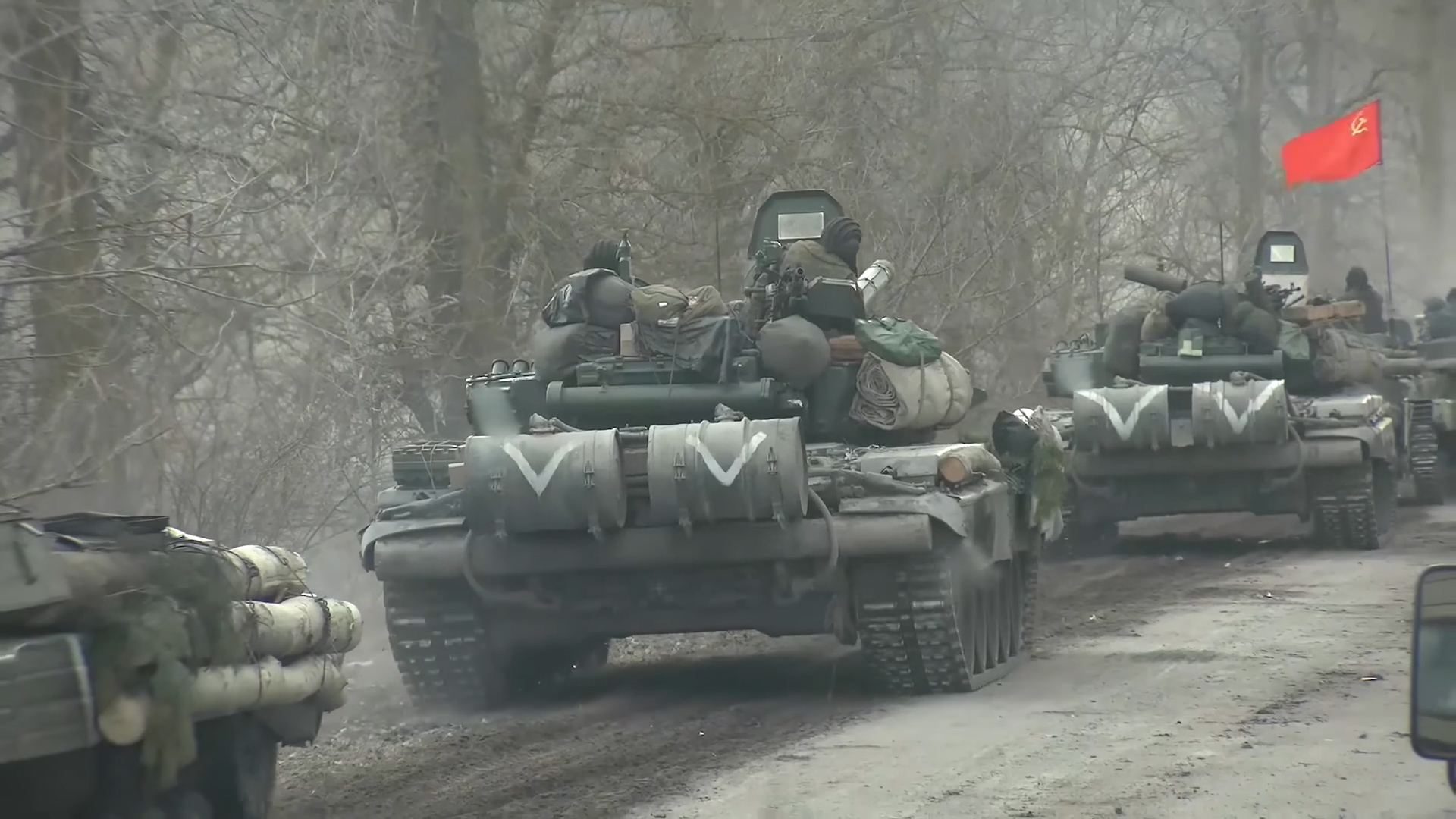
Navy vessels and weapons
The sinking of the Slava-class cruiser, Moskva, is among the Russian navy's heaviest setbacks since the war began.
Tactical (non-strategic) submarines: 40
Aircraft carrier: 1
Cruisers: 3
Destroyers: 11
Frigates: 16
Patrol and coastal combatants: 128
Mine warfare: 43
Amphibious landing ships: 20 (26 landing craft)
Logistics and support vessels: 281
Naval aviation aircraft: 207 combat capable (including 67 fighter jets and eight attack helicopters)
Surface-to-air missile launchers: 200
Marines
Russian marine manoeuvre formations listed by the IISS "are currently significantly understrength and some are now effectively only cadre-sized until mobilised personnel can be drafted into them".
Main battle tanks: 220
Infantry fighting vehicles: 1,110
Armoured personnel carrier: 330
Artillery: 395
Surface-to-surface missile launchers: 12+
Surface-to-air missile launchers and air defence guns: 142+
Air force power
According to the IISS, the war in Ukraine has shown a "lack of airborne intelligence, surveillance and reconnaissance systems" evident within the Russian military.
It adds that Russia "resorted to using Iranian unmanned aerial vehicles (UAVs) and direct attack munitions due to the Russian armed forces' heavy use of its own ballistic and cruise missiles and the continued threat posed by Ukraine's air defences".
Bombers: 137
Fighter: 185
Fighter ground attack: 410+
Attack: 262
Intelligence/Surveillance/ Reconnaissance: 58
Electronic Warfare: 3 (plus around 20 helicopters)
Airborne early warning and control: 10
Tankers: 15
Transport: 446 (plus 313 helicopters)
Attack Helicopters: 361+
Surface-to-air missile launchers:714
Airborne Forces kit: 50 main battle tanks, 120 Infantry fighting vehicles, 700 armoured personnel carriers, 550 artillery systems, 850 amphibious combat vehicles, 30+ surface-to-air-missiles

